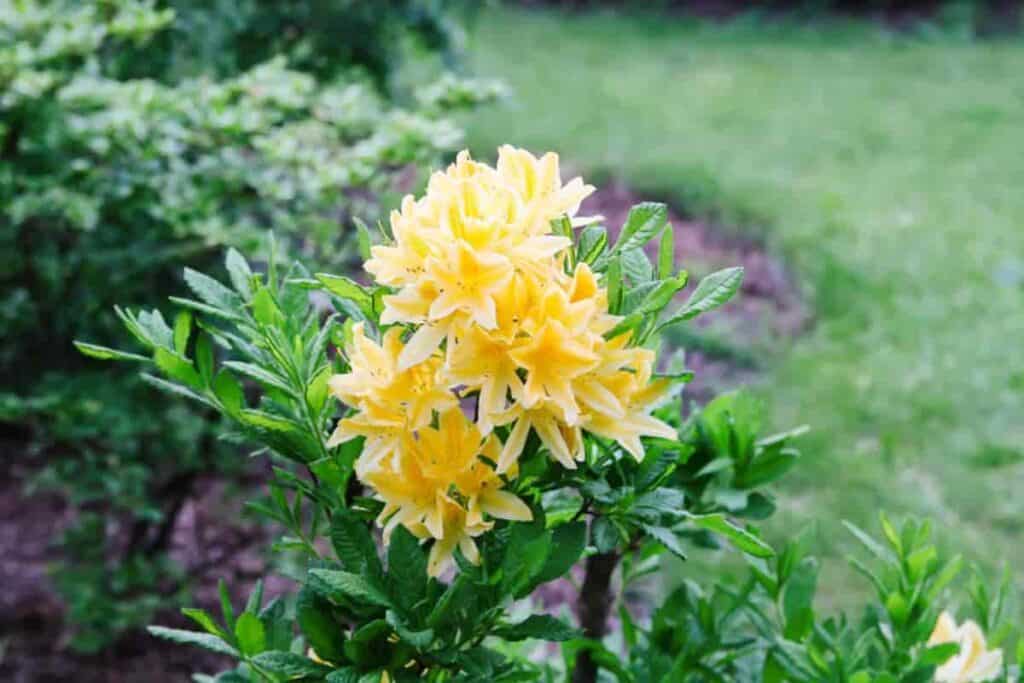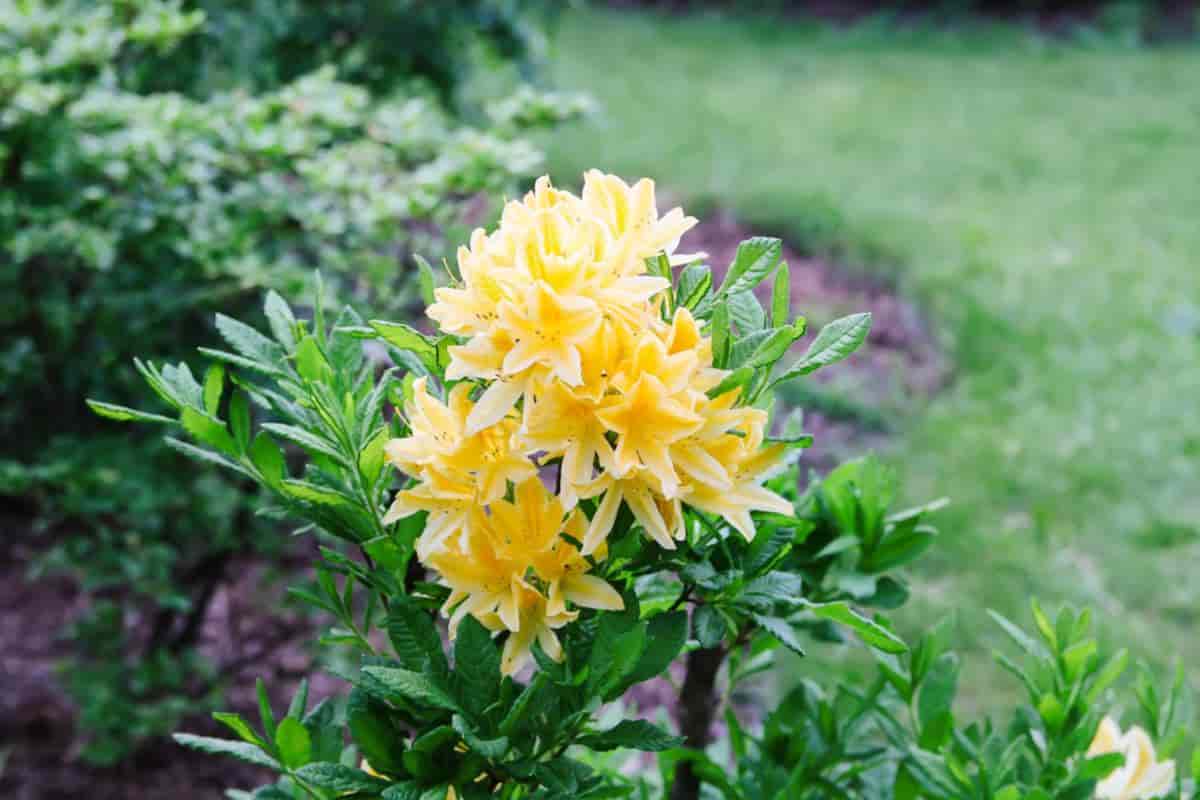Within recent years, much attention has been given to the propagation by stem cuttings of hybrid rhododendrons, whose gorgeous blossoms and magnificent foliage are familiar to almost every gardener.
Research work that I recently completed now proves that many of these hybrids can be propagated by home gardeners with the simplest equipment and technique.

True, for the very best results, the work should be done in a greenhouse, where temperature, light, and humidity can be controlled.
But for the average gardener with no greenhouse, a glass or muslin-covered cold frame may be substituted with very good results.
Select Well-Drained Location
First, select a well-drained location for your cold frame, where water will not be able to collect on it.
Place a 2- or 3-inch layer of cinders, gravel, or other coarse material on the bottom to ensure good drainage inside the frame.
Spread the rooting medium on top of this, 6” to 8” inches deep. The medium may be pure sand or a mixture of half sand and half peat moss (the latter is preferred). Then level the bed, thoroughly water it and firm it slightly.
Cuttings From Mid-July To Fall
In most localities, cuttings may be taken from mid-July to fall. Make them 6” to 8” inches long and cut them from branches of the current season’s growth.
Remove the leaves from the lower half of each cutting, taking care not to strip hark.
Then, using a sharp knife, wound the base with three upward slices into the bark, making each slice approximately ⅛” inch long and leaving a half inch between each gash.
Make the cuts through the bark only; don’t cut into the woody portion of the stem. Instead, make the first slice at the very base of the cutting.
Next, dip the base of each cutting 1 ½” inches deep into a root-growth hormone powder, ensuring that some of the powder gets into the wounds under the bark. Tap the cuttings gently to remove excess powder.
Then insert the cuttings (in an upright position) into the medium to a depth of one-half their length, spacing them 4” to 6” inches apart.
A wooden peg is a handy tool to make openings in the sand for the cuttings, which may then be inserted with very little rooting powder lost. Firm the sand around the cuttings, and immediately water the bed.
Keep The Sand Moist
Place the cover on the frame, and remember to keep the sand moist at all times. A good drainage system should prevent the sand from becoming waterlogged.
For the first several weeks, at least. It’s a good idea to sprinkle the cuttings with water twice daily.
Cuttings In Summer
Rhododendrons ordinarily root rather slowly than many other plants under this method. However, cuttings taken in summer should be ready to remove from the propagation frame by late fall or spring.
Healthy-cuttings that have not developed roots by spring should be left in the frame.
Pot in the rooted cuttings in peat moss or a light, loamy, acid soil. Six-inch pots are best. Place the plants in a shady or semi-shady location; the following fall, they will be ready for the garden.
Propagating Rhododendron
Many rhododendron lovers may wish to propagate only a few plants. For this purpose, the simplest form of the propagating frame, a wooden box covered with a pane of glass, is adequate.
For the periodic airings, simply tilt the glass—or use two panes and leave a space between them.
One of the best box frames is a simple board rectangle 15” to 18” inches high with no top or bottom. A sash 4’ by 3’ feet is a convenient-size cover.
44659 by Bernard Bridgers
